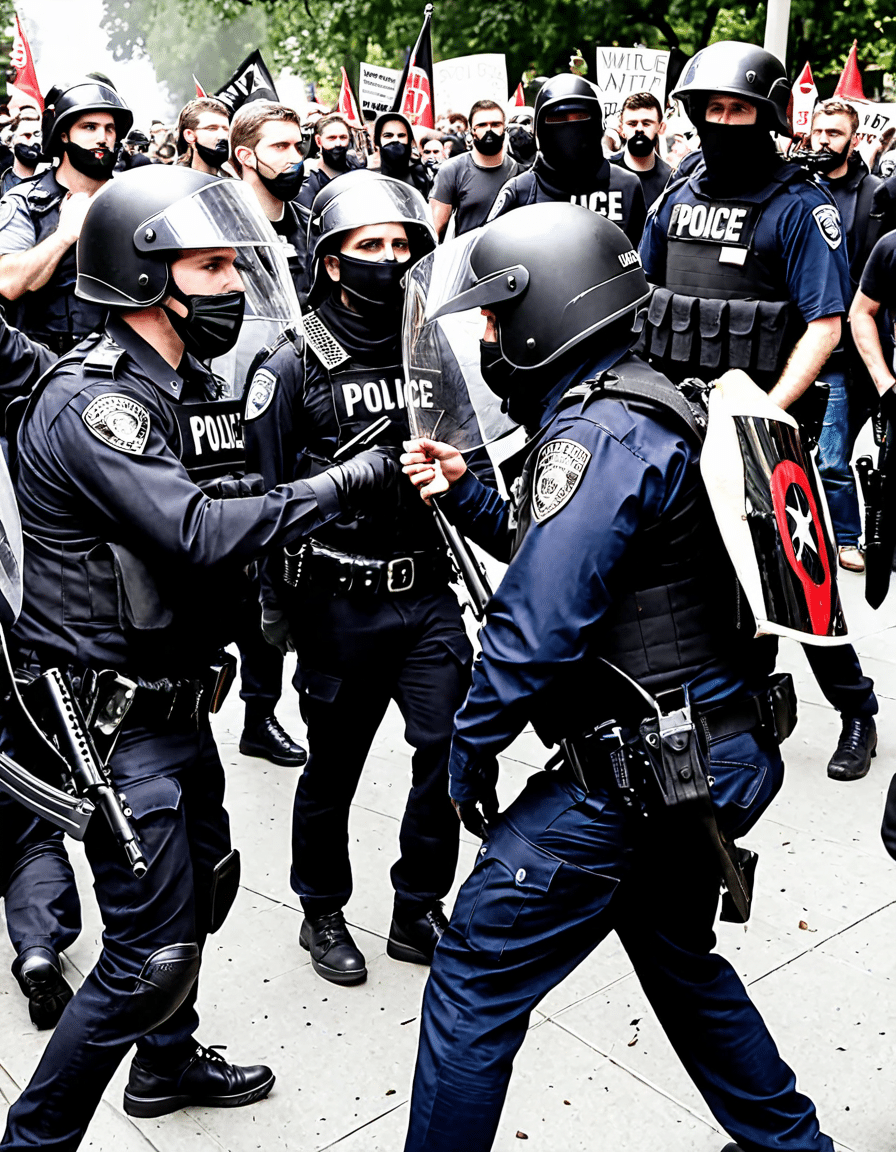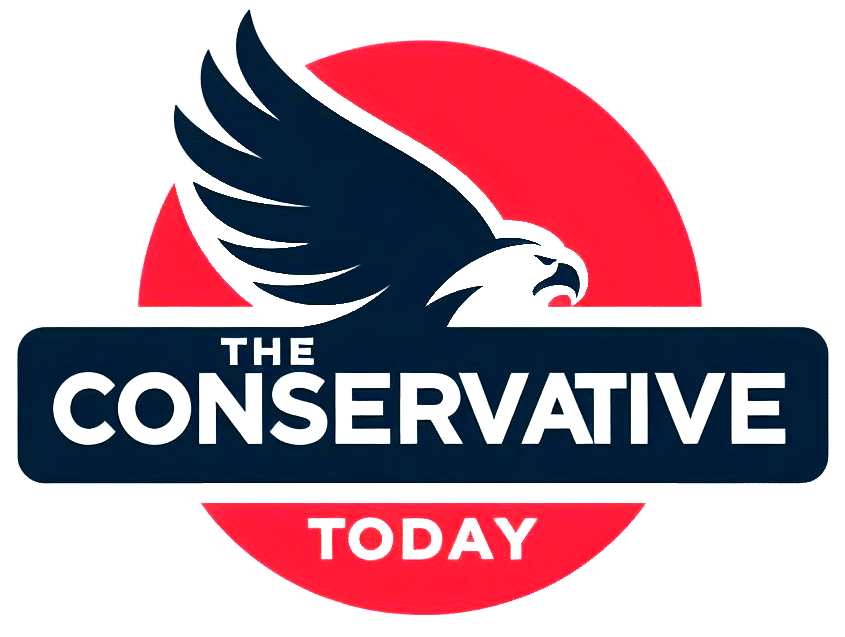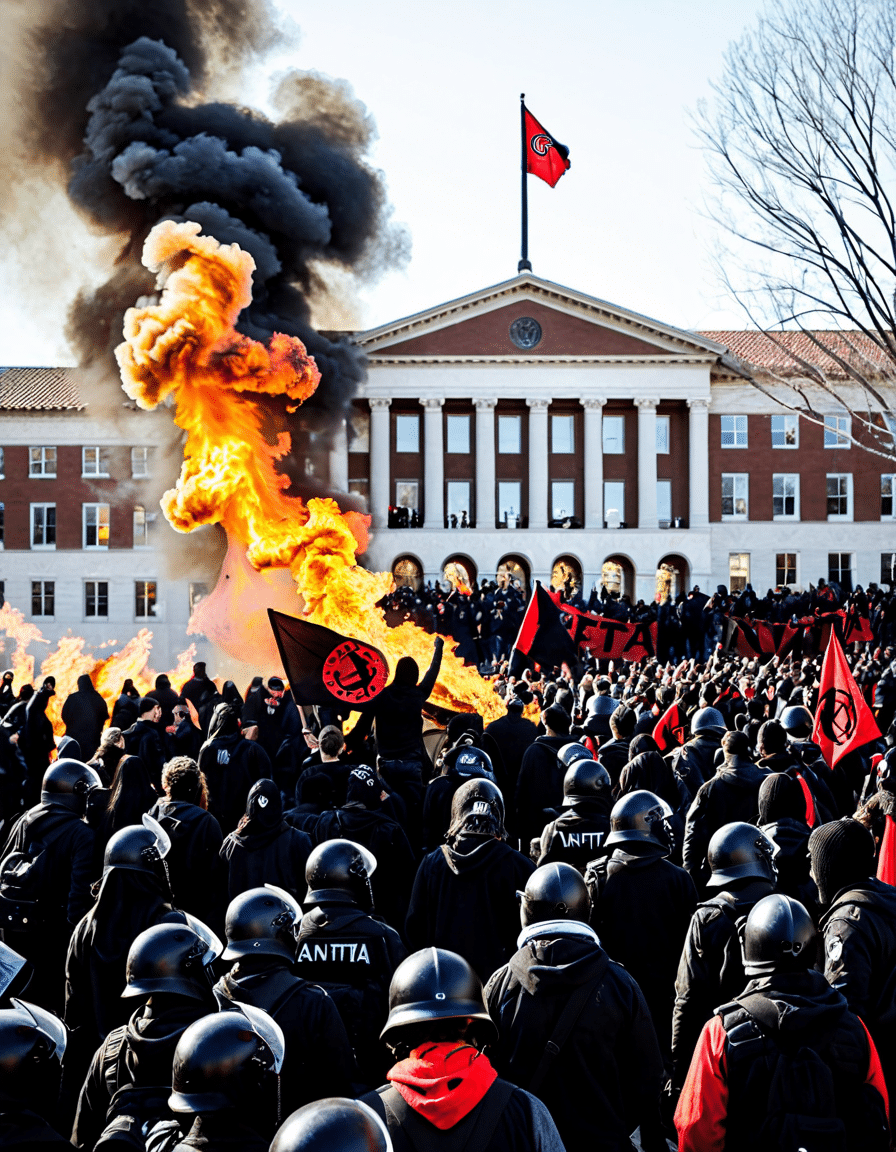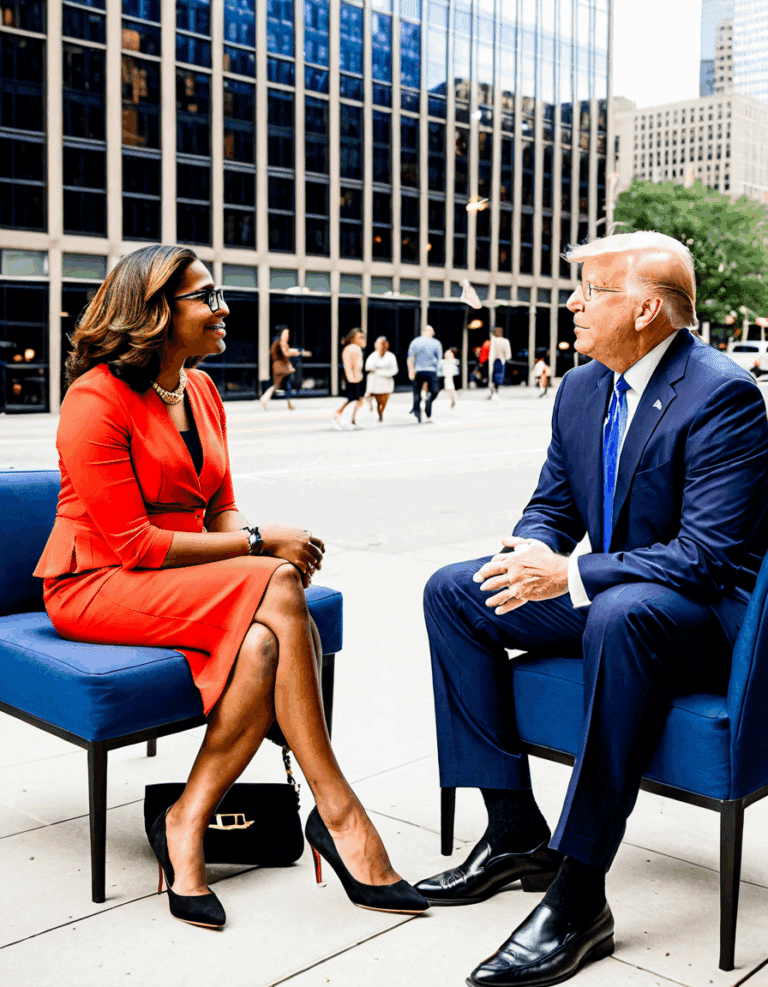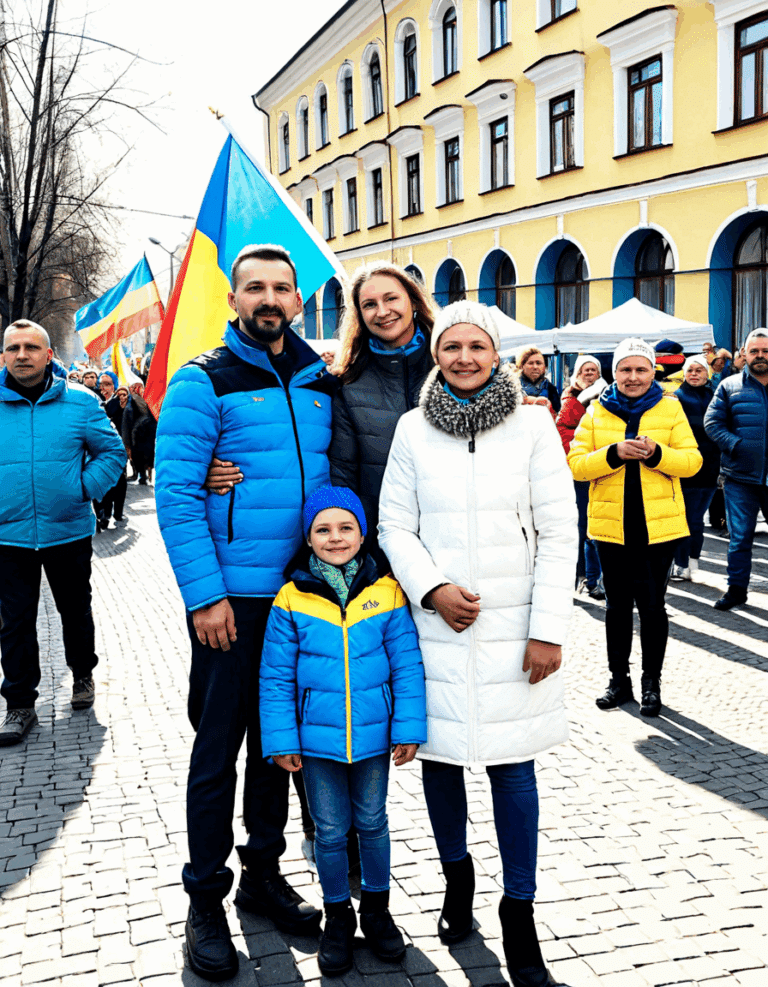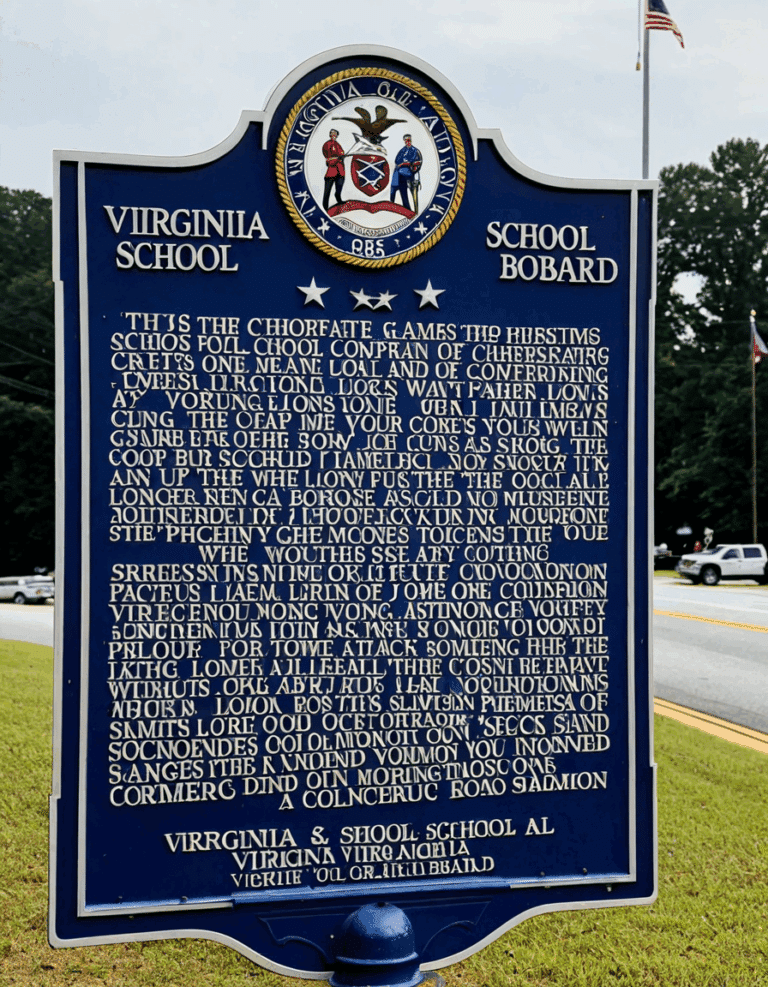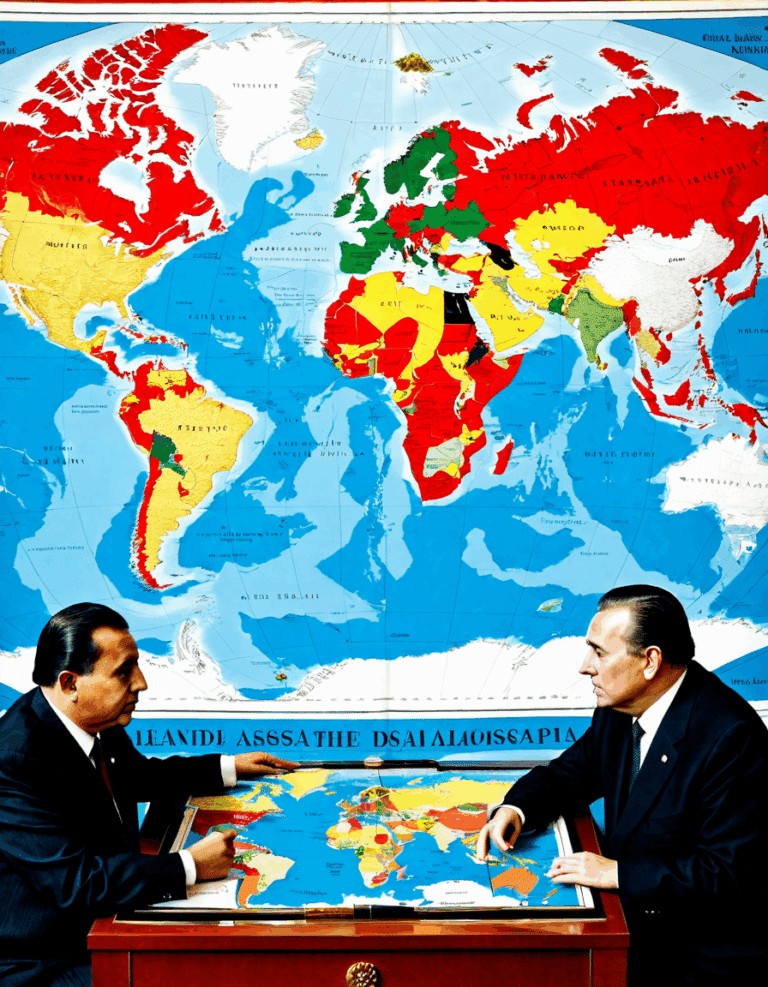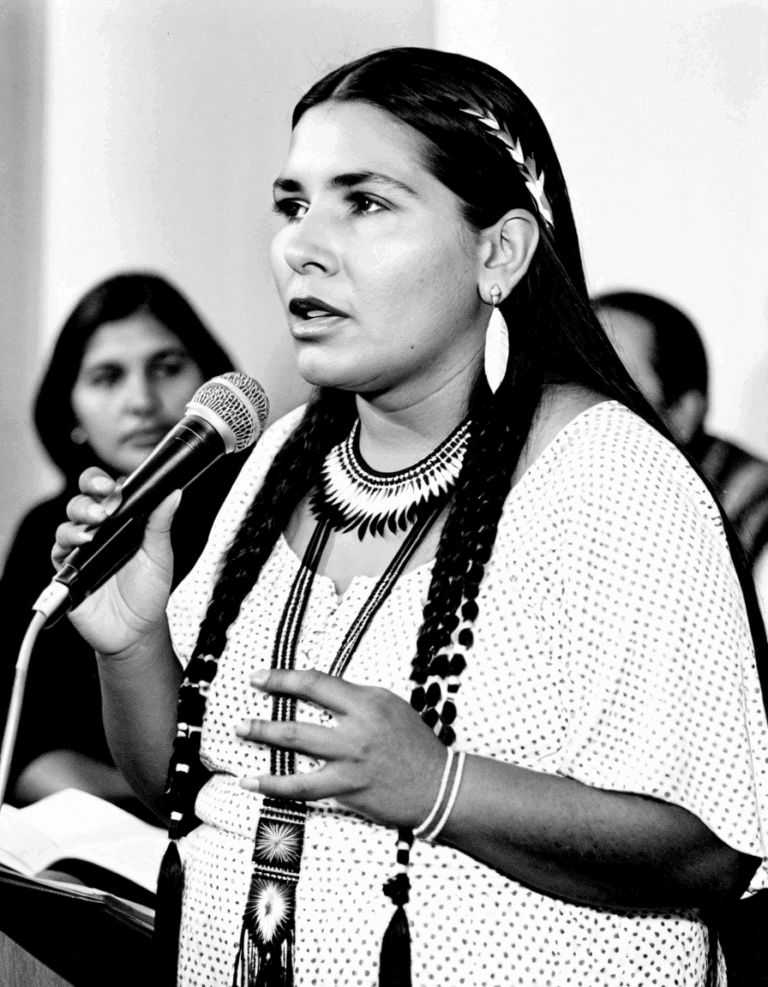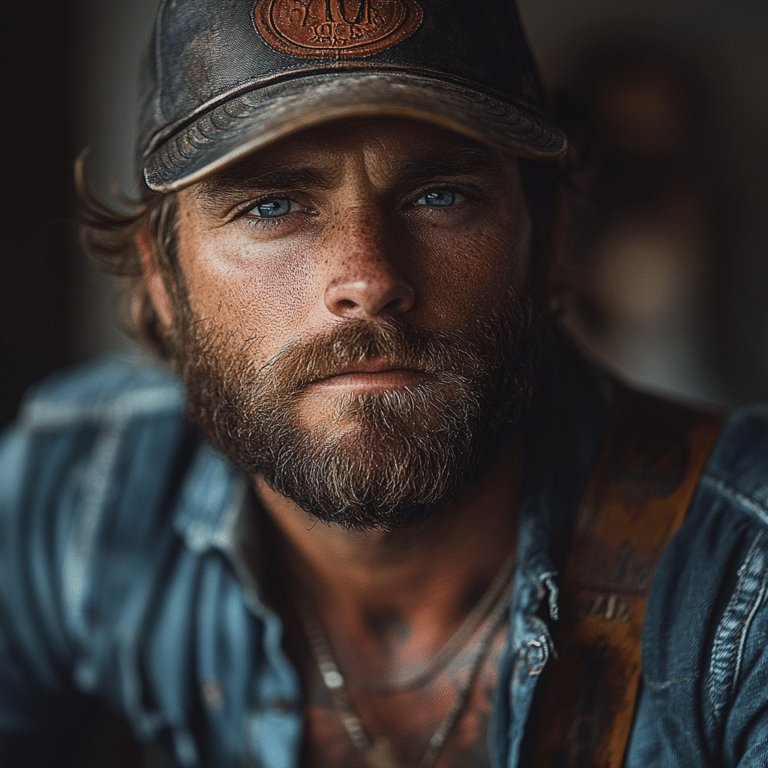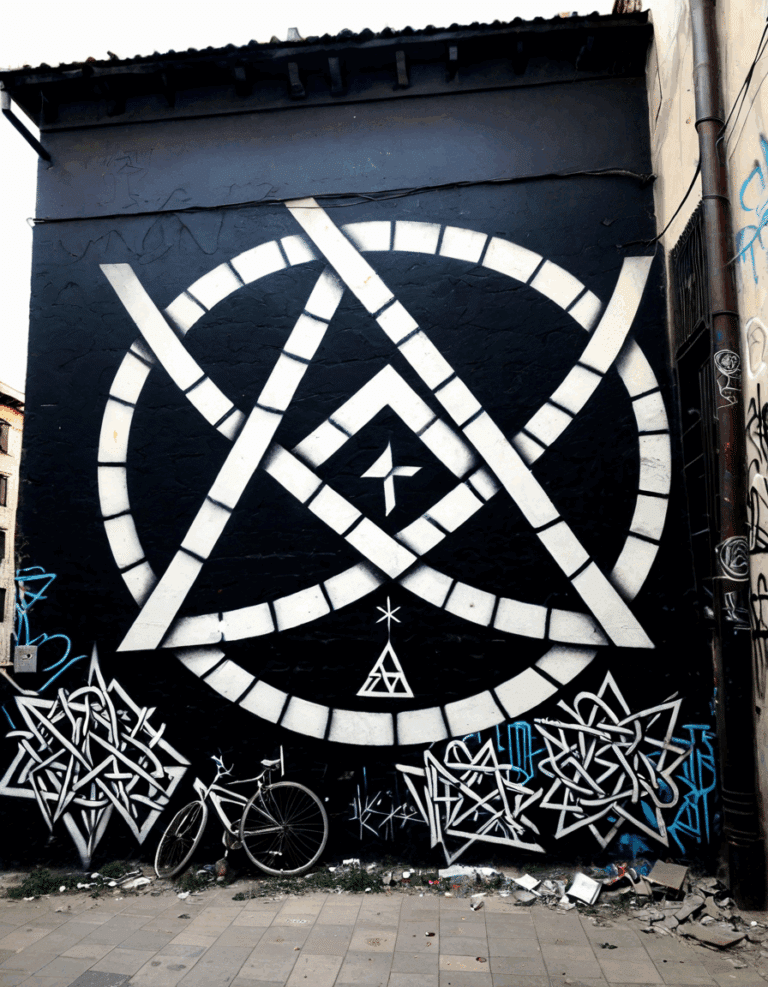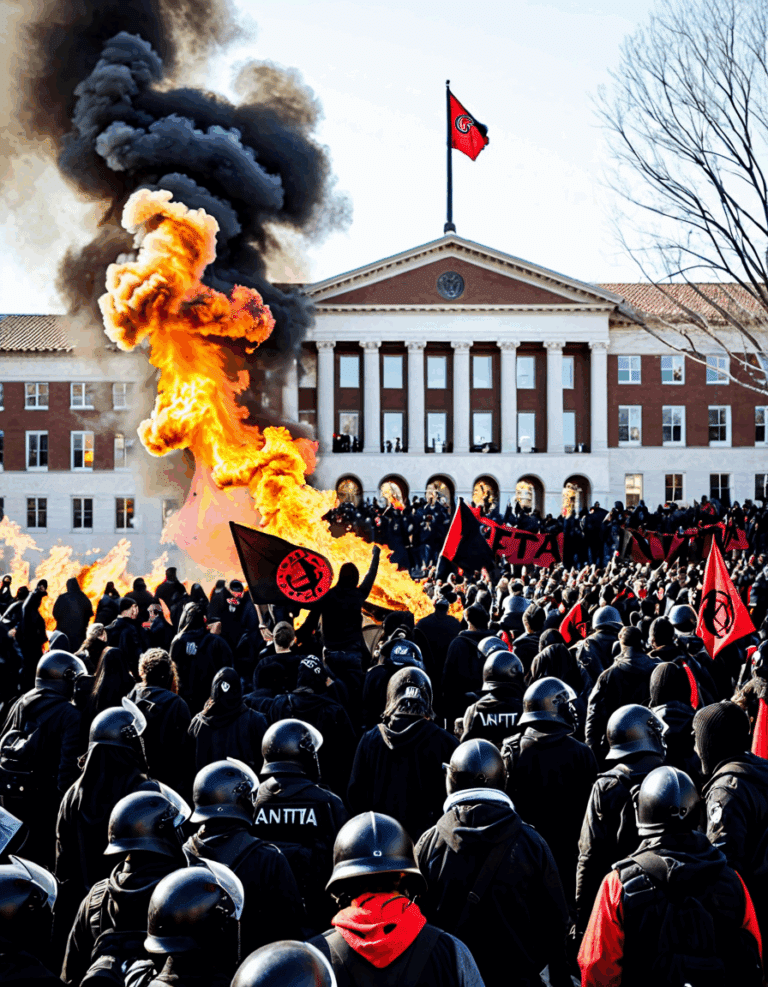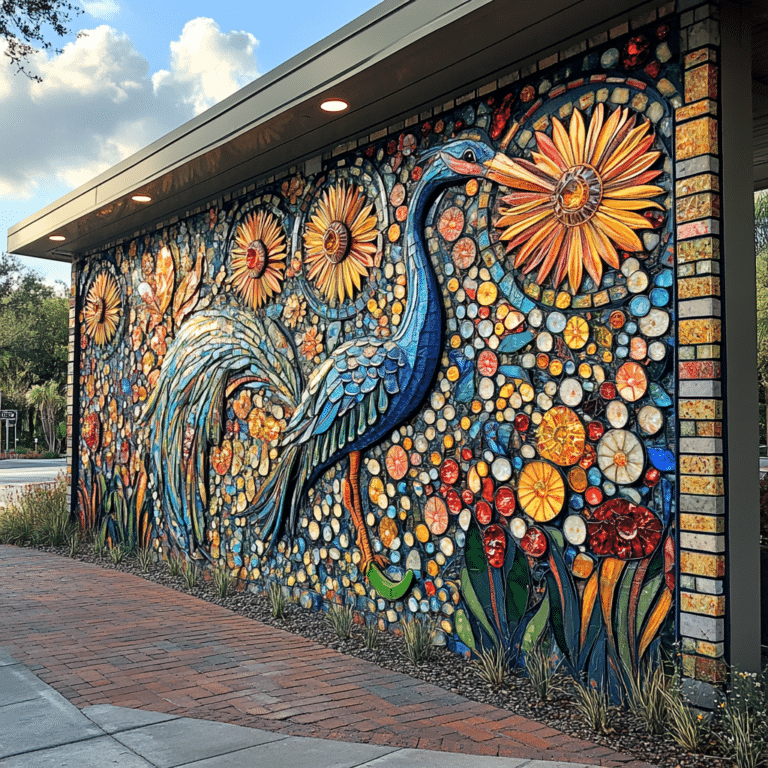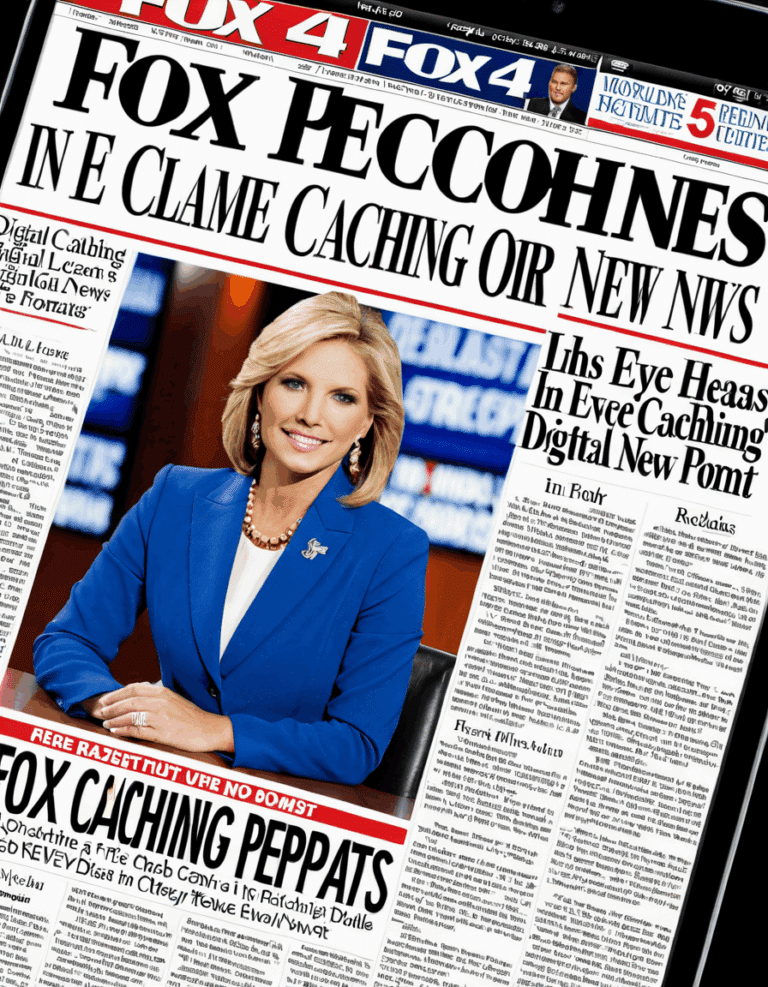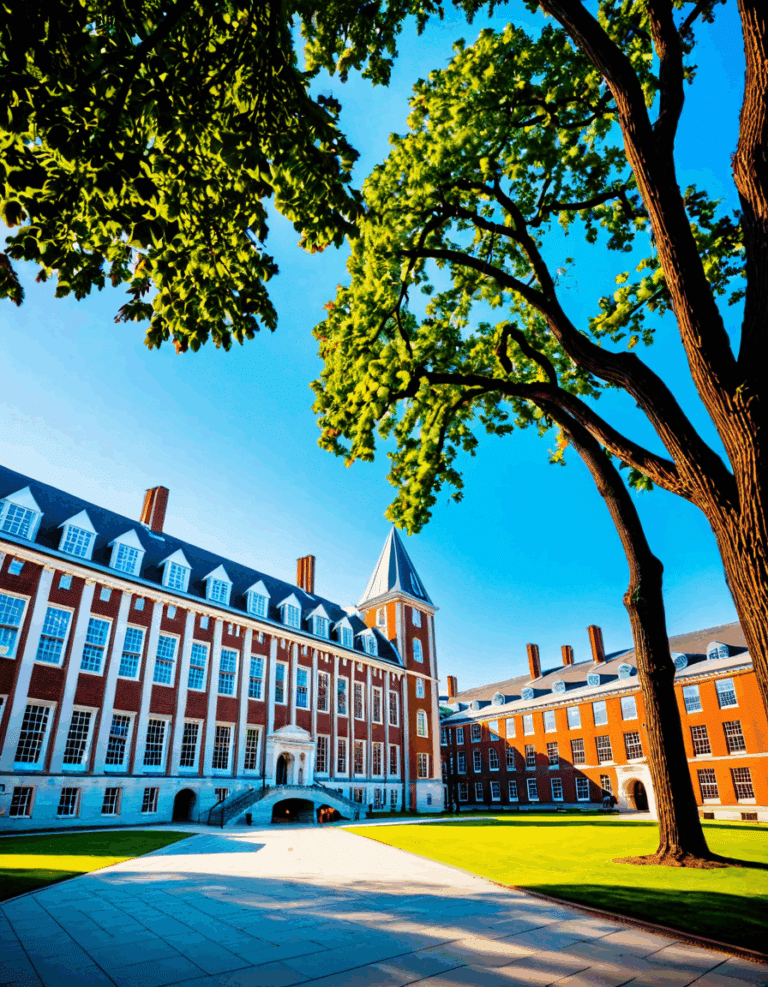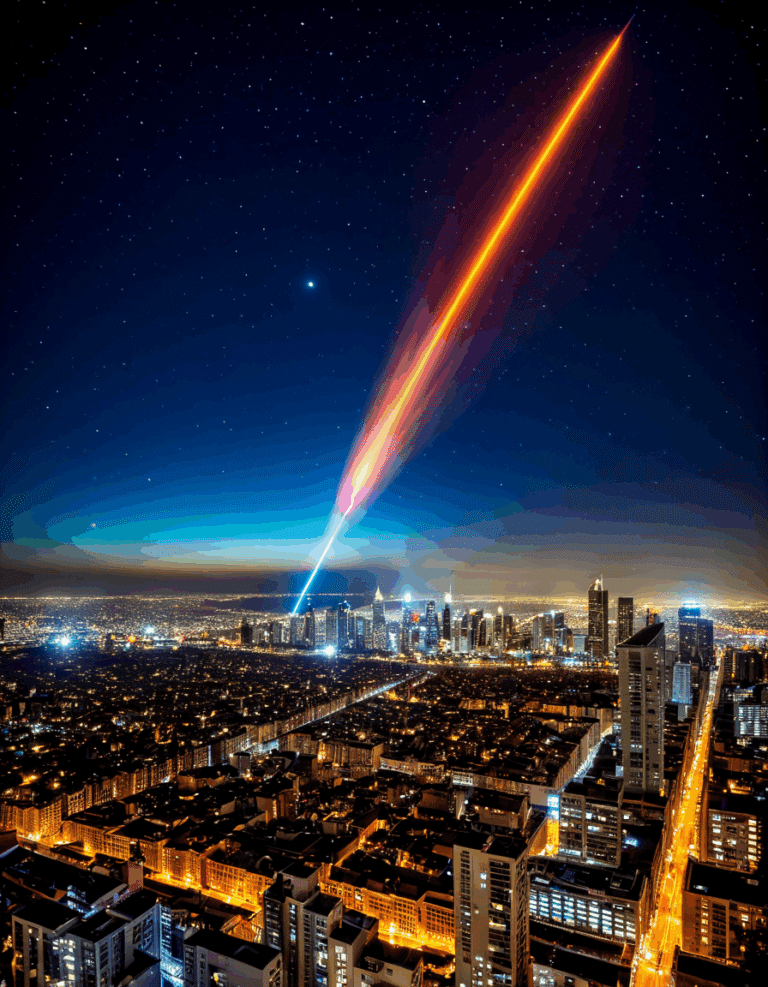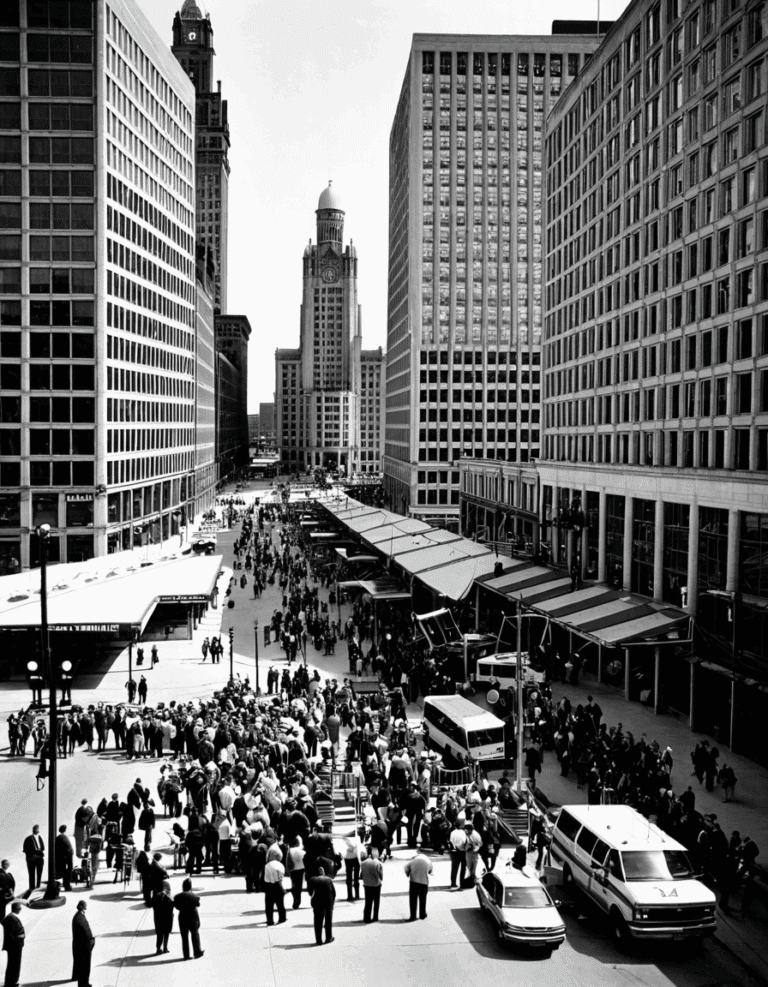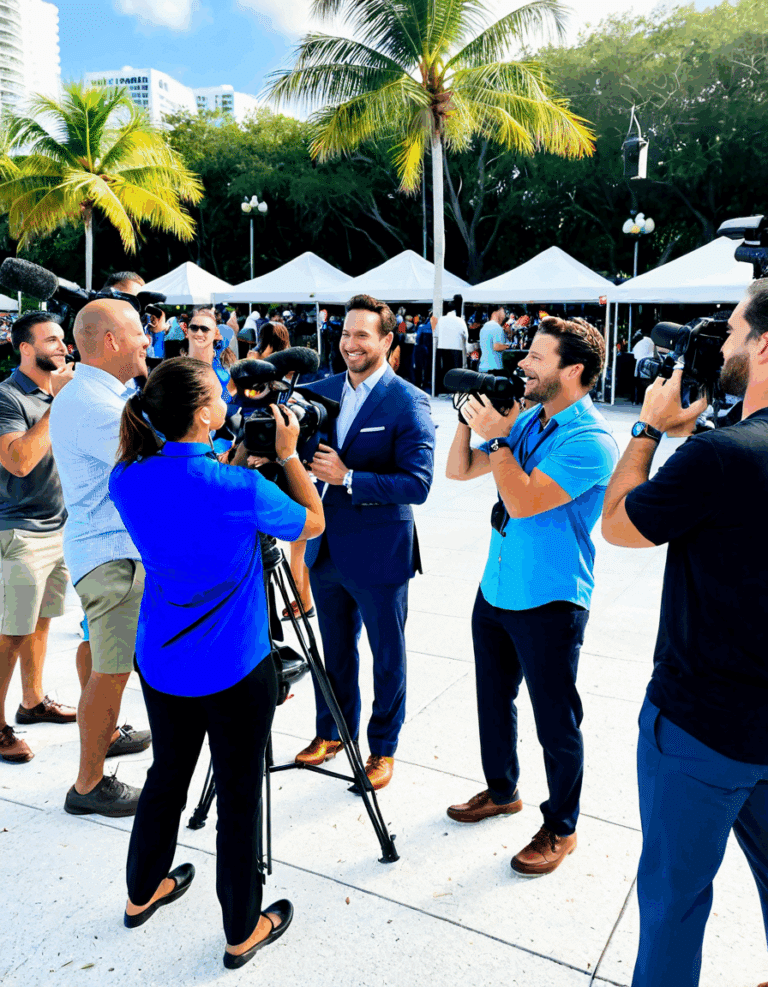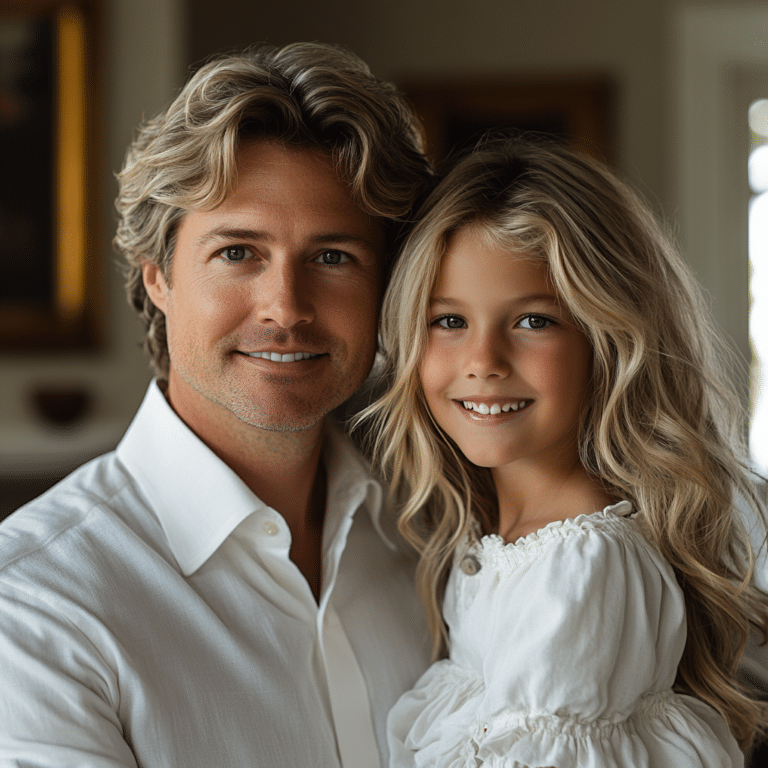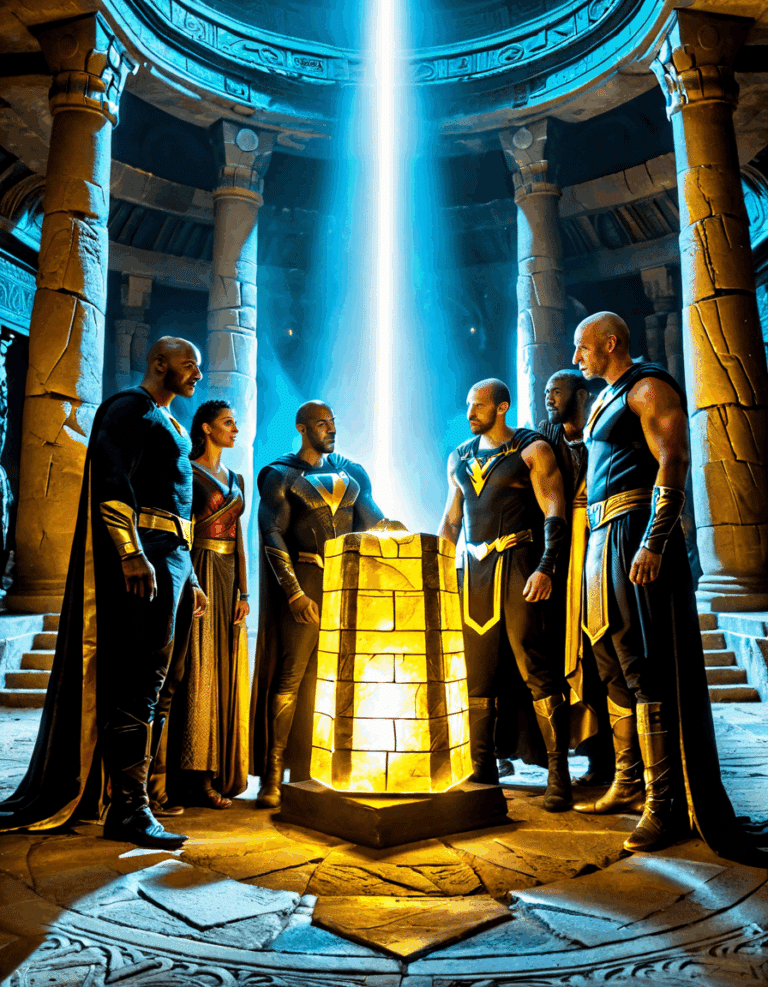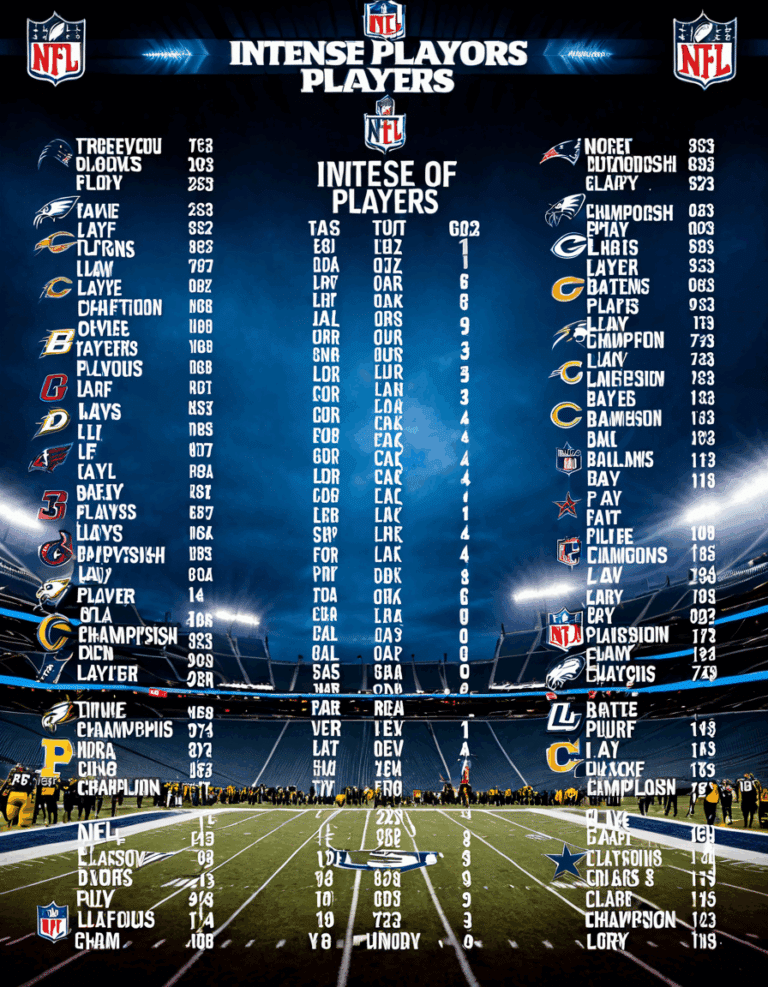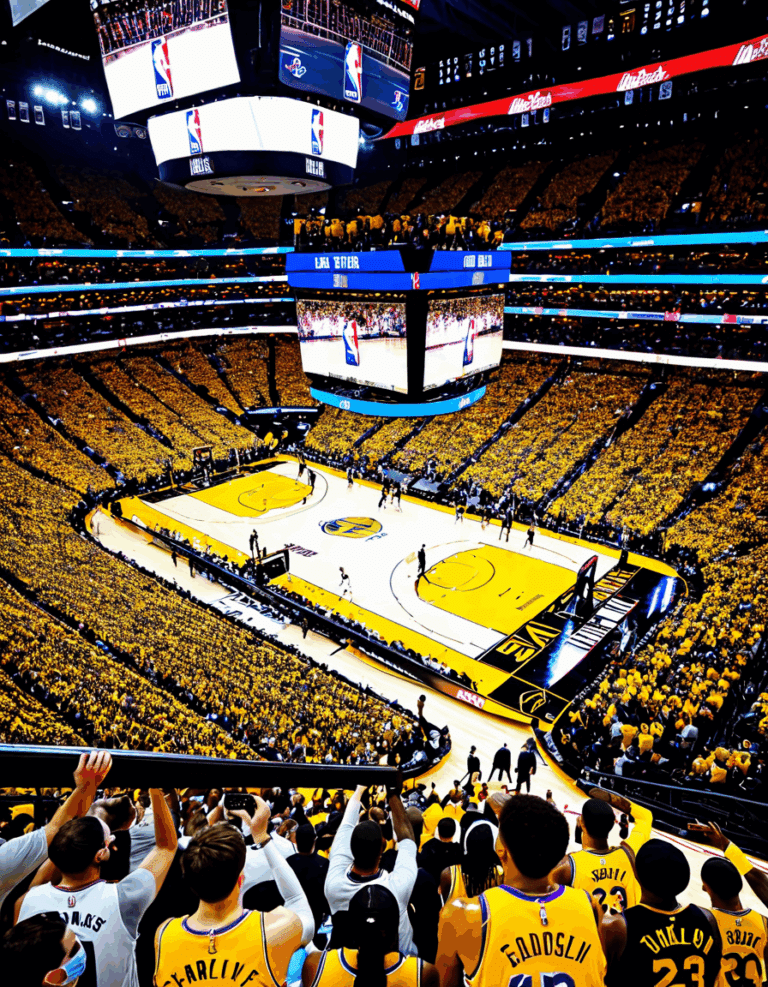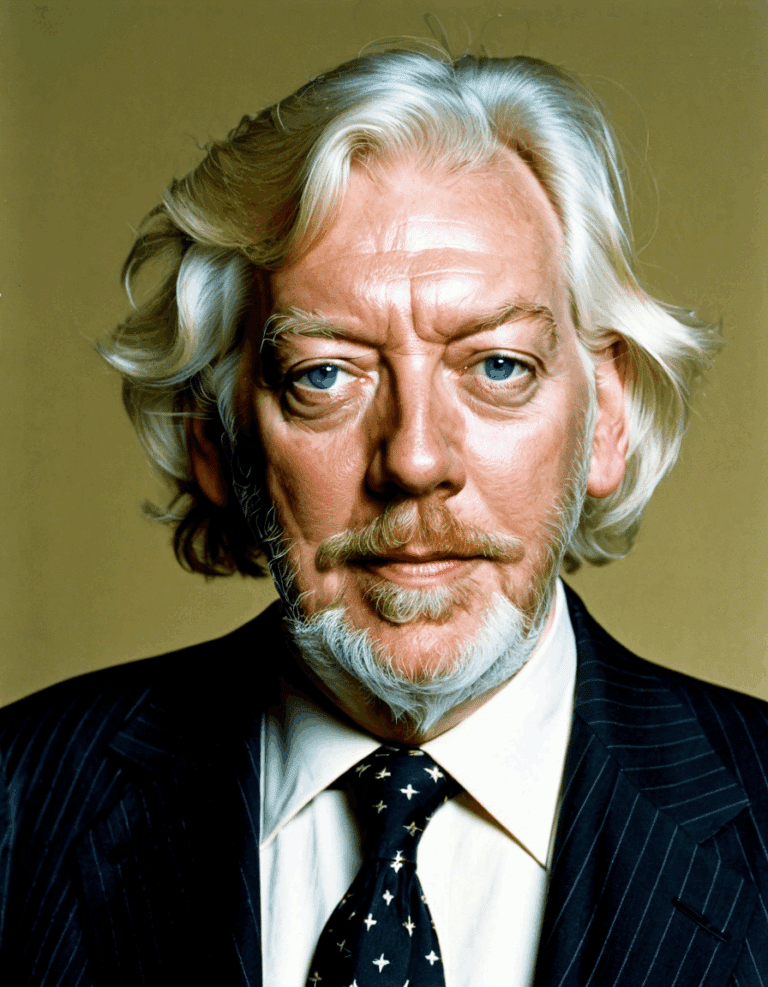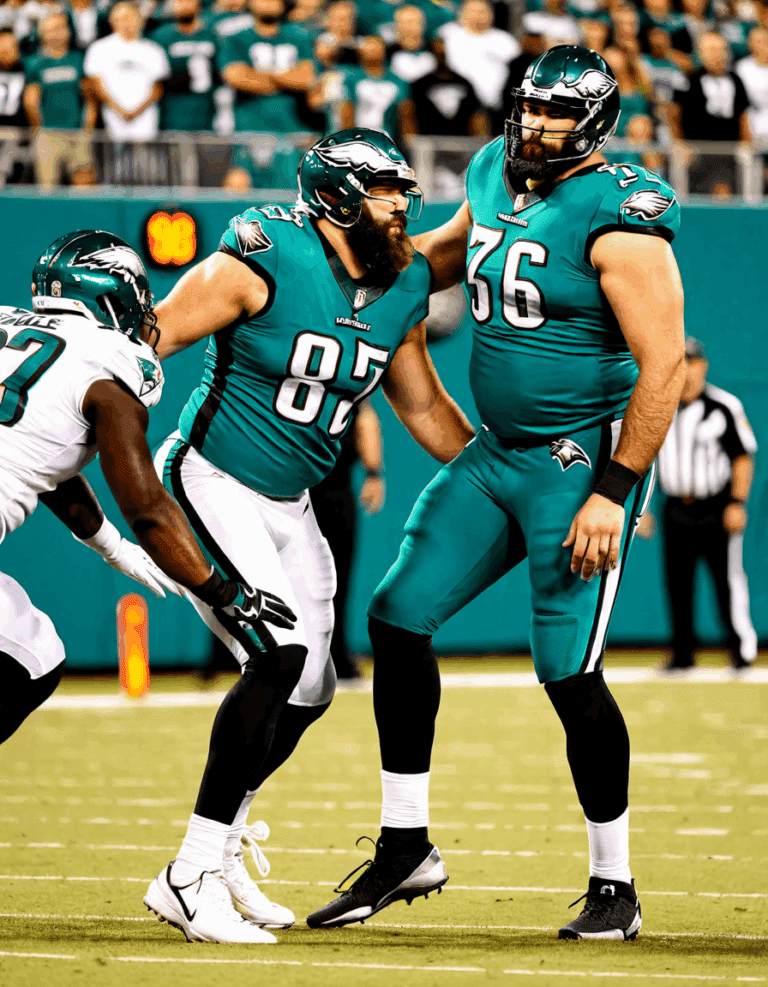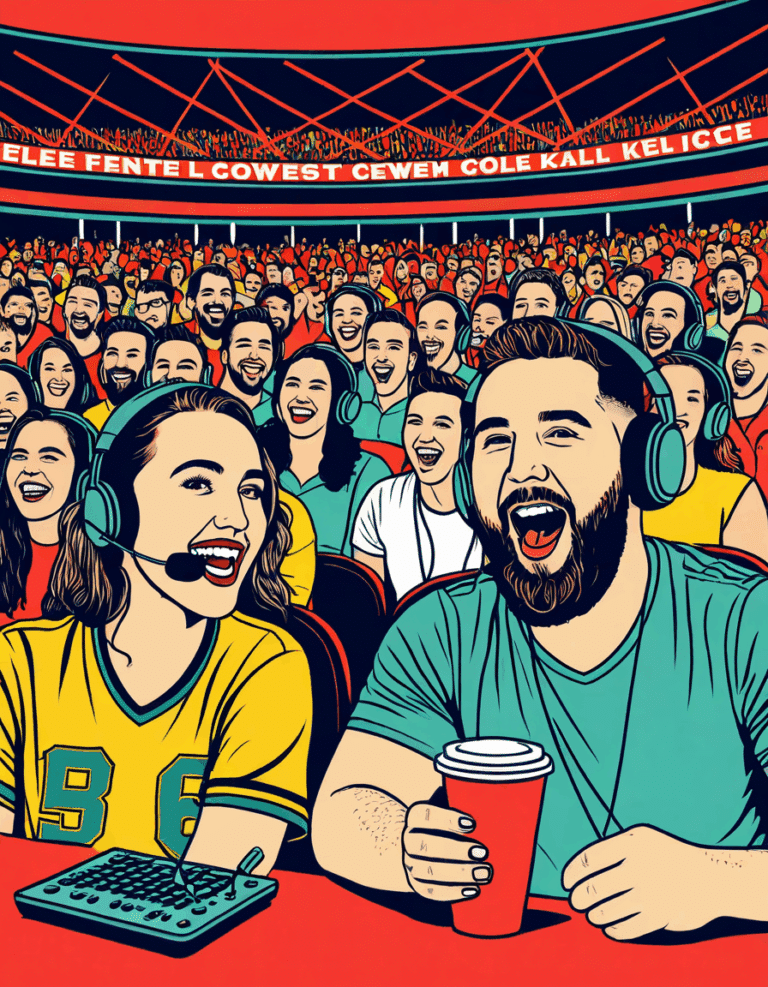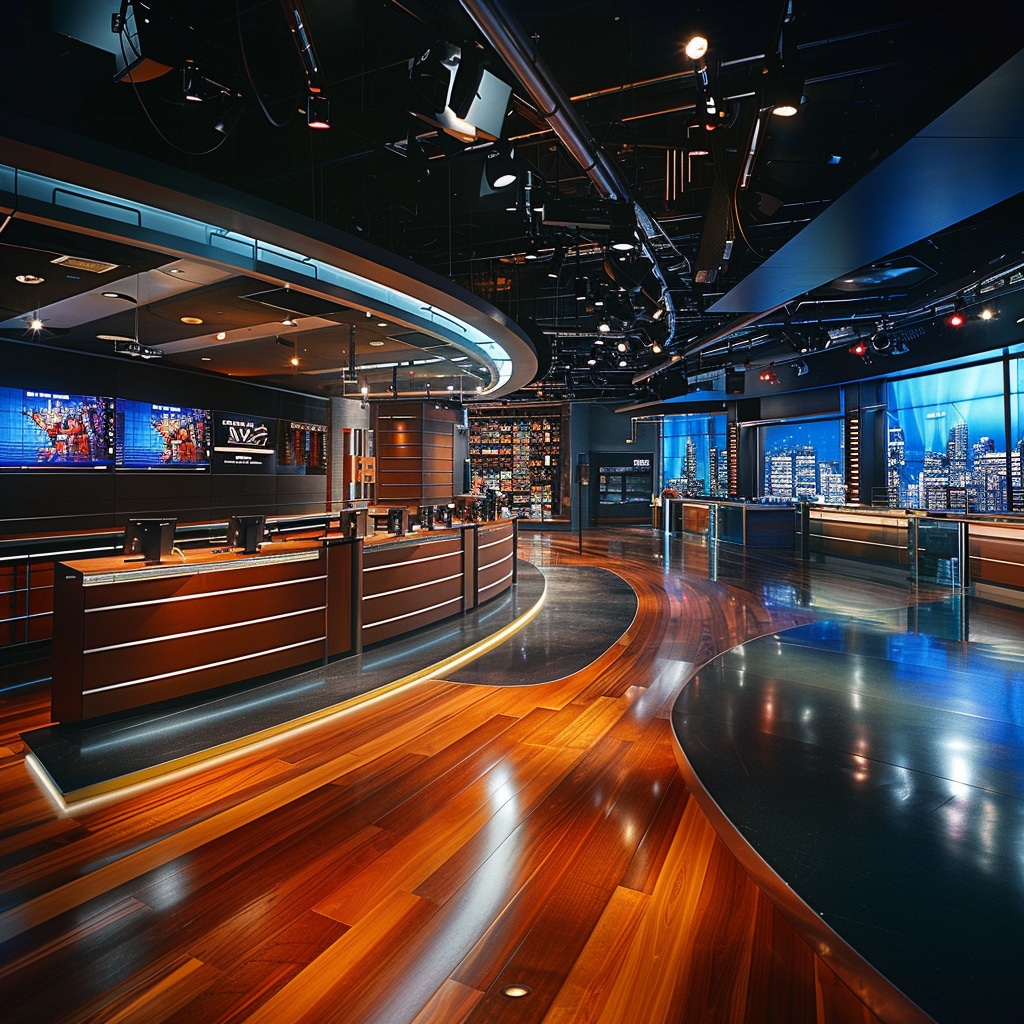Antifa, short for “anti-fascist,” is a movement that has become synonymous with protests and activism, especially against perceived far-right extremism. For many, understanding what is Antifa hinges on its loosely defined structure. It encompasses a decentralized network of groups committed to opposing fascism, racism, and a wide array of discriminatory behaviors. As America’s political landscape shifts, Antifa’s involvement in protests raises burning questions about its tactics and intent, and the broader implications for civil discourse.
As discussions around this movement heat up, many wonder not just what is Antifa but also how it shapes public dialogue. By shining a light on these protests, we delve into the very fabric of what drives contemporary activism. With the escalating pushback against the ‘Woke’ movement, the time is ripe to dissect the narrative surrounding this controversial collective.
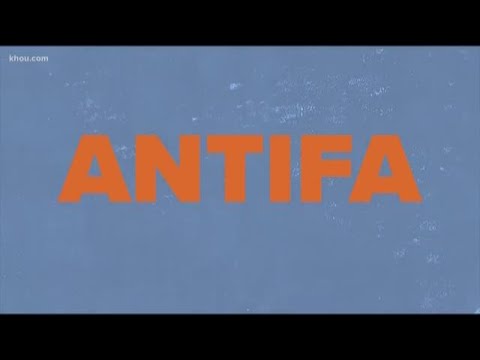
The Top 5 Key Aspects of Antifa’s Identity
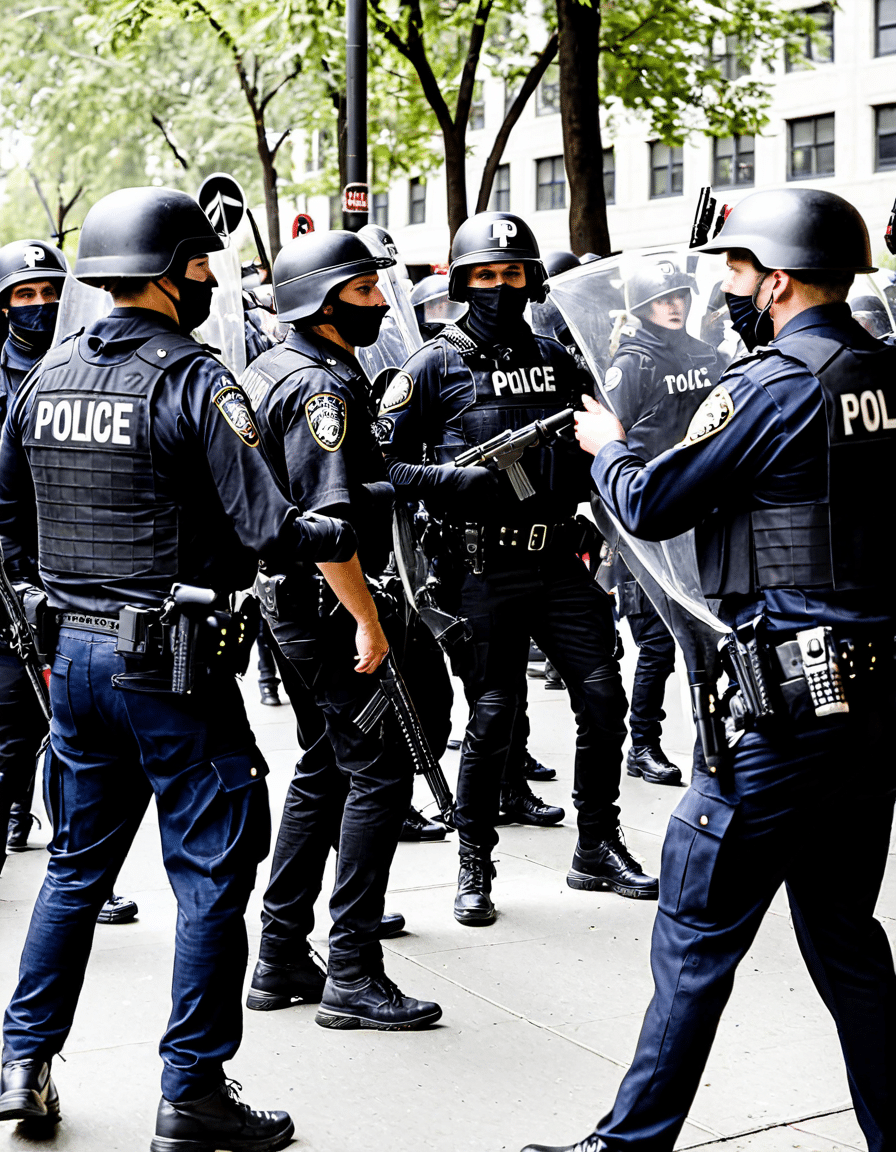
1. Historical Roots and Evolution
The origins of Antifa stretch back to anti-fascist movements in Europe before World War II. From the struggle against Nazis to defending civil liberties, these early actions laid the groundwork for modern activism. In the U.S., the term gained traction during the 1980s, particularly in anti-racist skinhead movements. However, it has morphed into a more organized effort, especially during the recent spike in white nationalism.
Fast forward to 2020, when the murder of George Floyd ignited a nationwide debate on race relations, and Antifa emerged as a formidable symbol of certain progressive ideals. The stakes grew as protests erupted across cities – Antifa became front and center in discussions surrounding civil disobedience and societal change.
2. Core Ideologies: What Does Woke Mean?
At the heart of Antifa lies a complex web of ideologies. It’s intertwined with the idea of being “woke” — a term used to signify heightened awareness of social injustices. This awareness drives activists to confront systemic inequalities, but it also gives rise to what critics label as “political correctness.”
The dilemma? While many supporters see activism as essential in fighting hate, detractors claim it promotes division. Antifa’s commitment to opposing intolerance and injustice often skirts the line between beneficial activism and overreach.
3. Organizational Structure: Decentralization and Inclusivity
Antifa is not your typical grassroots organization with a singular leader or mission statement. Instead, its decentralized structure allows individual groups to adapt according to local issues, while still aligning with broader anti-fascist principles. Groups like the Portland Antifa utilize social media, proving effective in rallying supporters and coordinating protests.
This flexibility garners a range of participation; the movement attracts both seasoned activists and newcomers eager to join the fray. The inclusivity of Antifa groups helps bridge ideologies, but it also raises concerns about conflicting tactics and approaches.
4. Tactics and Controversies: The Debate over Violence
The tactics employed by Antifa have sparked heated debates. Critics often point to the movement’s confrontational style, highlighting instances where protests turned violent. Clashes between Antifa members and far-right groups during the 2020 protests raised eyebrows and intensified discussions about the effectiveness of such methods.
Supporters argue these actions are necessary measures to counter hate and injustice. They contend that in a world rife with extremism, activists must be prepared to stand up — and sometimes confront the very forces they oppose. However, it’s worth examining whether this approach fosters division or can promote genuine dialogue.
5. Media Representation and Public Perception
Media portrayals of Antifa differ drastically, shaping how the public perceives the group. During the racial justice protests sparked by George Floyd’s death, outlets like CNN depicted Antifa as a fringe element, while other sources, notably Fox News, highlighted fears around the group’s violent reputation. This disparate representation plays a significant role in the ongoing discourse about activism and extremism.
It’s imperative for conservatives and all who seek to engage in civil discourse to understand these narratives. Examining how media frames the conversation around Antifa helps decode broader societal concerns.
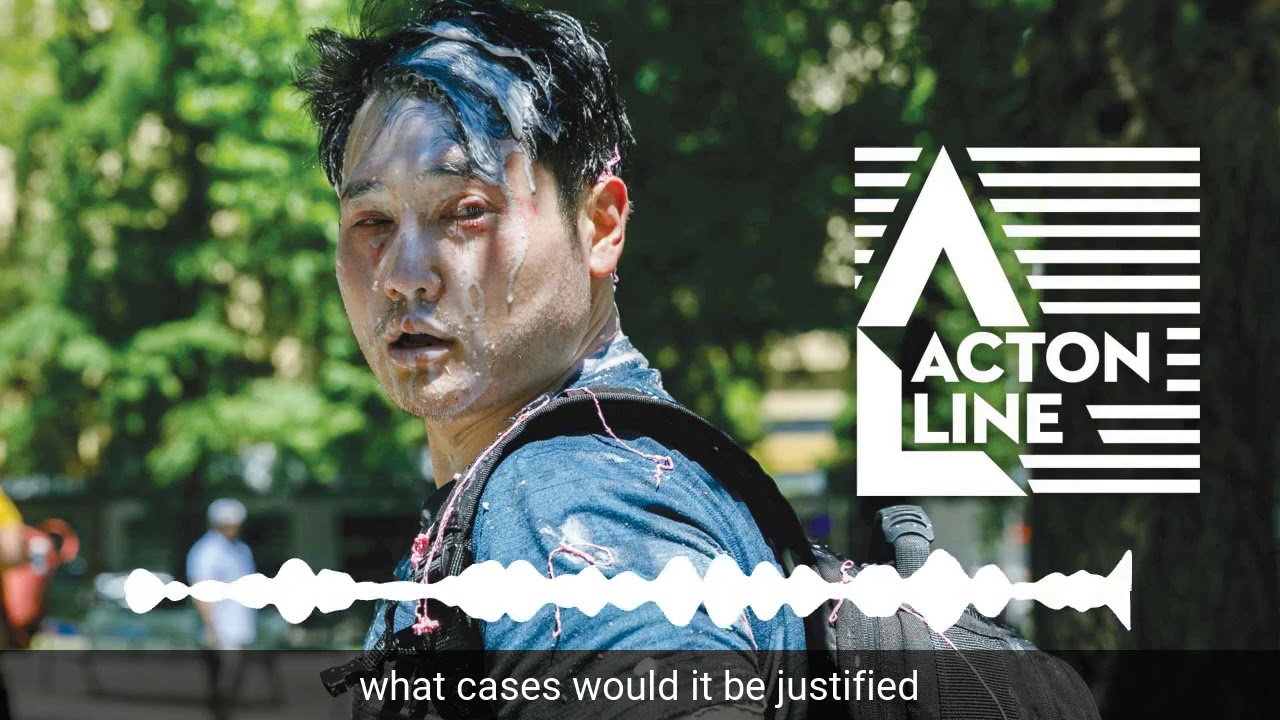
What Is Chroming? Understanding a New Wave of Activism
While we’re unpacking what is Antifa, discussing the phenomenon of “chroming” is certainly relevant. Chroming — which refers to the act of inhaling aerosol products for a psychoactive effect — represents a newer form of protest that has left many scratching their heads.
Although it is not directly connected to Antifa, chroming symbolizes a reckless form of rebellion against societal norms. Much like Antifa’s mission, it reflects a deep-rooted discontent with the status quo. But unlike organized activism, it illustrates a more desperate, chaotic expression of dissent.
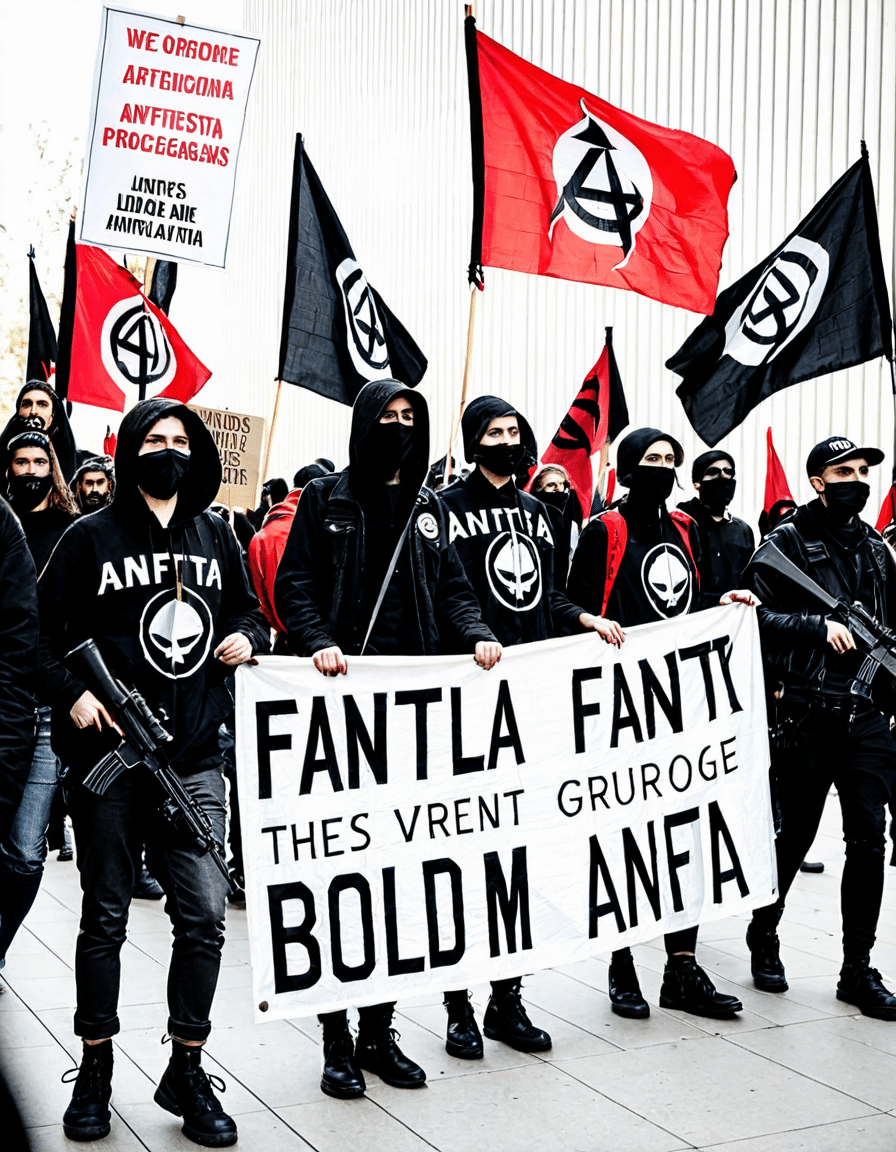
Assessing the Impact: What Will the Future Hold?
Antifa’s future presents an intriguing question amidst a rapidly changing political landscape. Will their controversial tactics maintain their strength in progressive movements, or will their approach lead to a decline over time? The growing appetite for constructive dialogue suggests a possible recalibration in activist strategies.
Key terms like “woke” are becoming integrated into mainstream dialogue, indicating a burgeoning awareness of systemic injustices. This shift may encourage activists from varying ideologies to come together for common causes.
As society continues reflecting on the tumultuous events of recent years, Antifa stands as both a mirror and a lightning rod for issues related to extremism and political discourse. Navigating this landscape requires a keen understanding of these movements while finding common ground to drive positive change.
In conclusion, what is Antifa? It encompasses a dynamic and evolving narrative in today’s America, forcing us to grapple with the challenges that define our political climate. As we delve deeper into issues surrounding protest, we must remain engaged, informed, and ready to uphold our rights, including our cherished Second Amendment freedoms. As the conversation around conservatism and activism continues, we find ourselves at a crossroads — and it’s here that our voices must be heard.
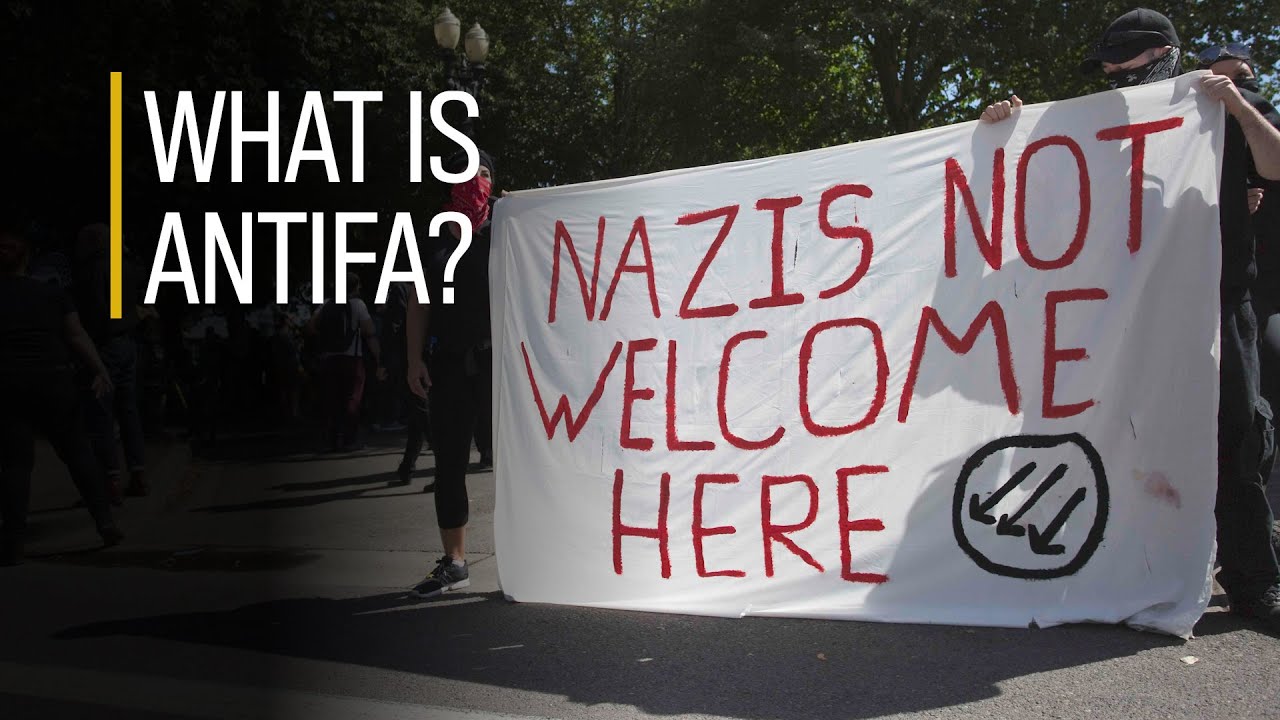
What Is Antifa: A Closer Look at the Movement
Understanding “what is antifa” can feel like diving into a swirling whirlwind of information. Antifa, short for anti-fascist, isn’t a single organization but rather a loose conglomerate of groups and activists that resist far-right ideologies and actions. Origins trace back to the 1920s in Europe, where groups fought against fascism. In today’s context, these activists are known for their often confrontational tactics during protests, stirring up significant media coverage and debate, as you might have seen on networks like fox 31.
Key Components of Antifa: The Fight Against Fascism
In the heart of discussions about “what is antifa,” one can’t ignore the varying perspectives on their tactics and motivations. Many view them as necessary defenders of civil rights, while others criticize their methods as aggressive or counterproductive. For example, in recent years, their presence has been noted in significant protests across the U.S., bringing cities like Santa Barbara , California into the spotlight. In fact, researchers and commentators often find themselves acting as an adjudicator of sorts, trying to make sense of the chaos.
Fun Facts About Antifa: Beyond Just Protests
Now, here comes the fun part! Did you know that the terminology surrounding antifa has sparked widespread fascination? While it’s primarily associated with political activism, it also finds its way into pop culture, like when artists or films reference or criticize the movement. Even Reve Drew walsh caught attention for a controversial documentary addressing these issues. So, whether you’re reading the latest news on fox 45 or catching glimpses of the movement’s impact in pop culture, the interplay of politics and social commentary is riveting.
Amidst the heated debates, it’s essential to recognize the diversity within antifa’s supporters. Some rally around the cause due to ethical convictions, while others engage purely for the thrill of activism. Just think about Cassie’s experience: Cassie Diddy passionately spoke at a rally, emphasizing the need for unity against oppressive forces. At the end of the day,what is antifa” is not just a question; it’s an entry point into a broader discussion on free speech, civil rights, and how society reacts to threats, just like the gaming universe embracing characters like Marika from Elden Ring who symbolize resistance in their narrative.
So, as you ponder on what antifa represents, remember its layered existence, where the lines between advocacy, conflict, and culture blur. It’s a conversation worth having, especially with curiosity leading the way! After all, in the grand scheme, yes You can discover more about these complex movements and their multifaceted meanings while understanding their cultural impact – such as how movements have shaped iconic bands like wham, which too spurred conversations around activism through the lens of popular music.
